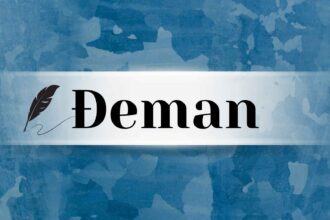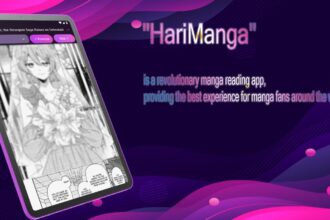Introduction to EO Pis
Employee ownership has gained significant traction in recent years, revolutionizing the way businesses operate. Among the various models of employee ownership, EO Pis (Employee Ownership Plans) stand out as a compelling option for both employers and employees. These plans not only promote a sense of belonging but also align interests across the organization.
Imagine transforming your workplace into a thriving community where every member shares in the company’s success. That’s what EO Pis aim to achieve. As more companies explore this innovative approach, it’s important to understand how these structures work and what benefits they bring. Let’s dive deeper into the world of EO Pis and discover why they might be right for you or your organization.
The Benefits of Implementing an ESOP for Employers and Employees
Implementing an Employee Stock Ownership Plan (ESOP) offers numerous advantages for both employers and employees. For businesses, it can enhance employee engagement and productivity. When workers have a stake in the company, they often feel more invested in its success.
Employees benefit as well. An ESOP provides them with a unique opportunity to build wealth through stock ownership. This not only boosts morale but also encourages loyalty to the organization.
Additionally, companies that adopt ESOPs may experience improved recruitment and retention rates. Talented individuals are drawn to workplaces where they can share in the profits of their contributions.
From a financial perspective, an ESOP can also serve as a tax-advantaged exit strategy for business owners looking to retire or transition out of their roles while ensuring continuity within the company.
These plans create a win-win situation that fosters teamwork and aligns interests across all levels of the organization.
How an EO Pis Works
EO Pis, or Employee Ownership Plans, operate by transforming a company’s ownership structure. This process allows employees to acquire shares in the business over time.
Typically, an EO Pis is established through an ESOP (Employee Stock Ownership Plan). The company sets up a trust that holds the shares for employees. As they contribute to the organization’s success, they also gain equity.
Employees can buy into these plans gradually, often using leverage from company earnings or loans. Over time, as their stakes increase, so does their investment in the company’s future.
Transparency plays a key role in this model. Employees receive regular updates on share values and performance metrics which fosters engagement and accountability within the workforce.
EO Pis align employee interests with corporate goals while promoting a sense of community and shared purpose among all stakeholders involved.
Types of EO Pis Transactions
EO Pis transactions come in various forms, each tailored to meet specific business goals. One common type is the direct purchase method. Here, employees buy shares directly from the company at a predefined price, which fosters a sense of ownership.
Another approach is the leveraged buyout. This involves using borrowed funds to acquire shares for employees, allowing them to invest without upfront capital. It can significantly enhance employee engagement and retention.
There’s also the stock option plan. Employees receive options to purchase stocks at a later date, usually at today’s prices. This strategy aligns their interests with the company’s long-term success.
Phantom stock plans provide employees with cash bonuses based on stock performance without actual share ownership. Each transaction type offers unique advantages that cater to different organizational needs and structures within EO Pis frameworks.

















